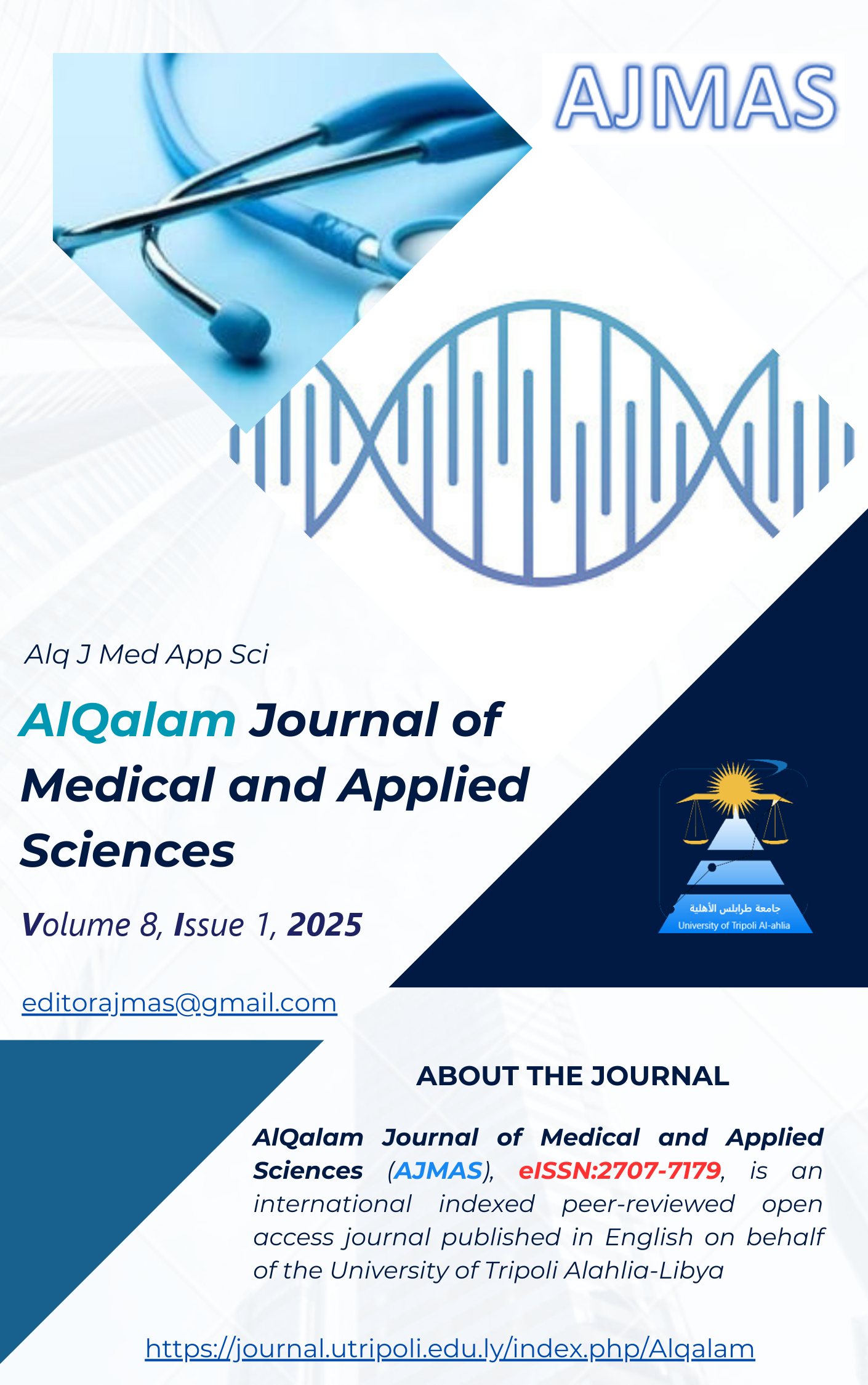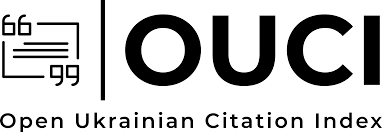The Impacts of Mining Activities in Some Sites of Al- Abyar City, Libya, on Particulate Matter Concentration and Noise Level.
DOI:
https://doi.org/10.54361/ajmas.258163Keywords:
Particulate Matter, Noise Pollution, Human Activities.Abstract
Pollution from human activities remains a significant environmental concern. One of the most notable activities in Al-Abyar city in the Benghazi region of Libya is the production of construction materials such as various types of gravel and calcium carbonate. In this study, we collected particulate matter (PM10 and PM2.5) concentration data from 18 locations along the ring road in the center of Al-Abyar over three months (June to August) to assess air quality and its relationship to weather conditions. The average concentrations of PM2.5 and PM10 were found to be 4 to 5 times higher than the 24-hour air quality guideline (AQG) levels set by the World Health Organization (WHO) for classical air pollutants. This study found that temperature and humidity had no significant impact on particulate matter (PM), specifically PM2.5 and PM10, as air temperature increased from 27.2°C to 44.9°C during the study period. We concluded that individuals who spend extended periods outdoors are particularly vulnerable to the adverse health effects of dust and traffic emissions from road transport operations related to rock mining in Al-Abyar. Finally, the average noise levels across all sites in the study area were below the World Health Organization's permissible limit of 90 decibels. Research on particulate matter (PM) and noise pollution remains limited, we recommend conducting a follow-up study to evaluate the health impacts of prolonged exposure to outdoor air pollution in the study area. Additionally, it is crucial to implement effective and sustainable strategies to reduce exposure.
التلوث الناجم عن الأنشطة البشرية لا يزال يشكل مصدر قلق بيئي كبير. وتعد المحاجر لانتاج مواد البناء مثل أنواع مختلفة من الحصى وكربونات الكالسيوم من أبرز الأنشطة البشرية في مدينة الأبيار بمنطقة بنغازي في ليبيا. في هذه الدراسة، جمعنا بيانات تركيز الجسيمات(PM2.5وPM10 ) من 18 موقعًا على طول الطريق الدائري في وسط الأبيار في مدة ثلاثة أشهر (من يونيو إلى أغسطس) لتقييم جودة الهواء وعلاقتها بالظروف الجوية. وقد وجد أن متوسط تركيزات PM2.5 وPM10 أعلى بمقدار 4 إلى 5 مرات من مستويات إرشادات جودة الهواء على مدار 24 ساعة (AQG) التي حددتها منظمة الصحة العالمية (WHO) لملوثات الهواء. وجدت هذه الدراسة أن درجة الحرارة والرطوبة لم يكن لهما تأثير كبير على الجسيمات (PM)، وتحديدًا PM2.5 وPM10، حيث ارتفعت درجة حرارة الهواء من 27.2 درجة مئوية إلى 44.9 درجة مئوية خلال فترة الدراسة. خلصت الدراسة إلى أن الأفراد الذين يقضون فترات طويلة في الهواء الطلق معرضون بشكل خاص للآثار الصحية الضارة لانبعاثات الغبار وحركة المرور الناتجة عن عمليات النقل البري المتعلقة باستخراج الصخور في الأبيار. وأخيرًا، كان متوسط مستويات الضوضاء في جميع المواقع في منطقة الدراسة أقل من الحد المسموح به لمنظمة الصحة العالمية والبالغ 90 ديسيبل. ونظرًا لمحدودية الأبحاث المتعلقة بالجسيمات الدقيقة (PM) والتلوث الضوضائي، نوصي بإجراء دراسة متابعة لتقييم الآثار الصحية للتعرض المطول لتلوث الهواء الخارجي في منطقة الدراسة. بالإضافة إلى ذلك، من الضروري تطبيق استراتيجيات فعالة ومستدامة للحد من التعرض.
Downloads
Published
How to Cite
Issue
Section
License
Copyright (c) 2025 Idris Imneisi, Salih Albadri

This work is licensed under a Creative Commons Attribution 4.0 International License.















